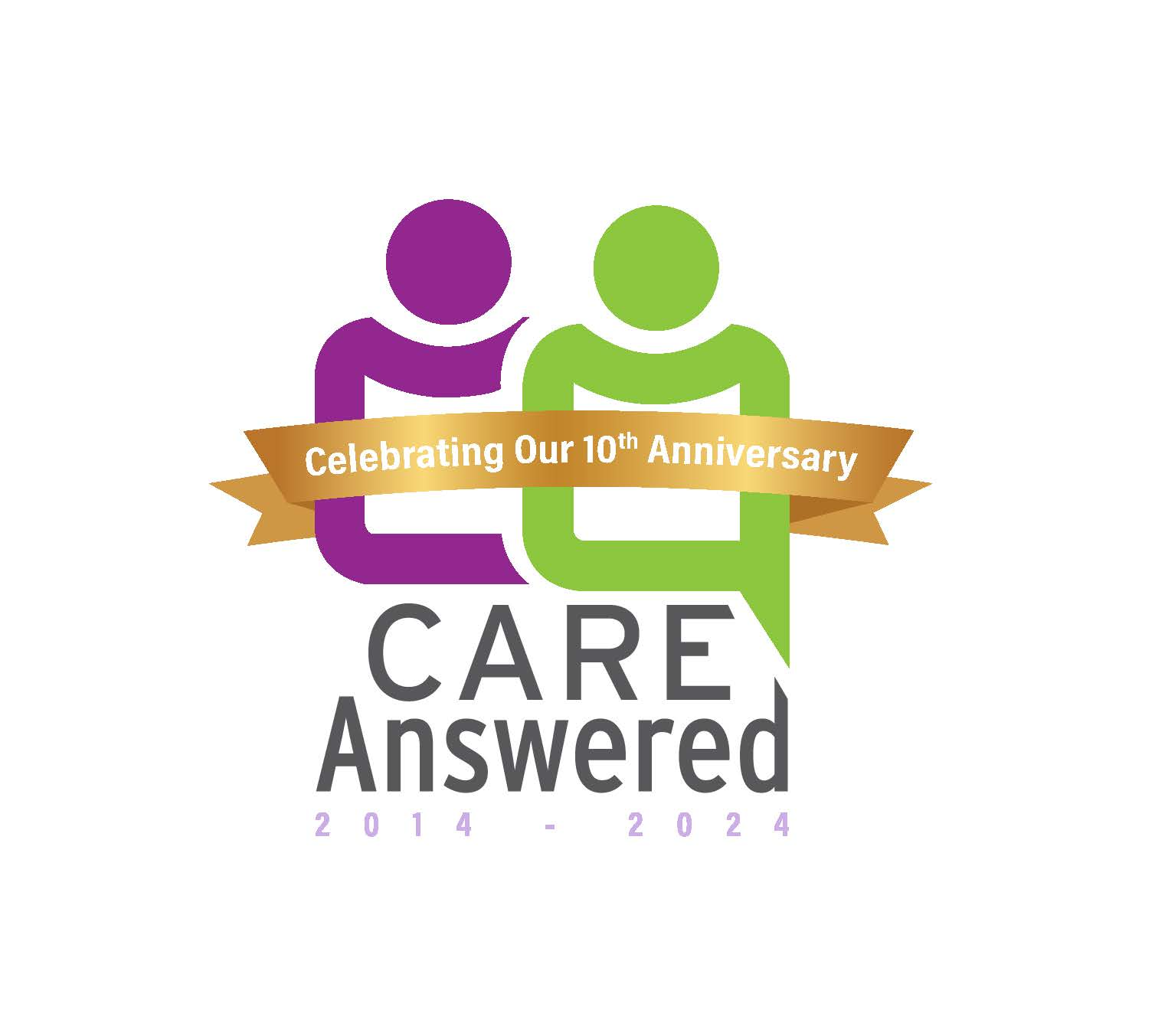Open Enrollment Runs from October 15 – December 7
To provide a comprehensive overview of changes coming to Medicare in 2021, I turned to my colleague, Al Anastasi. Al is a licensed Life & Health broker with Senior Health Plan Specialists, Inc. and focuses exclusively on the senior market. Here is Al’s take:
Each year from October 15 through December 7, Medicare has its Annual Election Period (AEP), otherwise referred to as open enrollment. This 7-week period is generally the only time that Medicare participants may change their Medicare Advantage (managed care) Plan and/or Part D (drug) plan. Mid-year plan changes are not permitted except in cases where there is a qualifying event or “SEP” as it’s called. Changes made during open enrollment take effect on January 1, 2021.
Plan Options/Changes
Each year, there are so many coverage options and changes that it’s almost impossible for the average Medicare participant to keep up. Plans come and go and there are changes in benefit levels and cost share amounts (deductibles, coinsurance and copays). Prescription drug plans change their copays and deductibles, add and remove drugs from their formularies and move drugs among tiers, some becoming less expensive while others become more expensive. Doctors and hospitals come in and out of network, plans change requirements for referrals and more. New benefits are often added, some to make a plan seem more competitive and some which may be mandated by CMS (Medicare). The plan that seems to be working for you this year may not be so great next year or it may just go away. It is highly recommended that you review your coverage annually to ensure that it does not become overly complicated, confusing and costly.
You should have received an Annual Notice of Change (ANOC) by the end of September for your current plan. It will list changes to benefits and out-of-pocket costs. Review this to decide if your current coverage still meets your health and prescription drug needs. Your current year’s Medicare Summary Notices as well as your Monthly Prescription Drug Summary notices will also help you gauge your activity and needs. One other tool is www.mymedicare.gov. You should build a profile on this site as it will allow you to see your medical activity going back three years.
Having a knowledgeable broker makes the review process easy, especially if you think you might benefit from a plan change. Your broker should be contacting you and asking about changes to your medication list or new health issues. Brokers will know which of the coming year’s plans best address their client’s needs.
Major changes coming to Medicare in 2021
One major change that Medicare participants have already seen has been a relaxation of rules around telehealth. Due to the Coronavirus (COVID-19) Public Health Emergency, as of March 6, 2020, doctors and other health care providers have been able to use telehealth services to treat COVID-19 (and for other medically reasonable purposes) from offices, hospitals, and places of residence (like homes, nursing homes, and assisted living facilities). Coinsurance and deductibles apply, though some healthcare providers are reducing or waiving the amount you pay for telehealth visits.
If you have coverage through a Medicare Advantage Plan, you won’t have to pay out-of-pocket costs (called cost-sharing) for COVID-19 tests. Next year, they may also offer more telehealth services than what was included in their approved 2020 benefits.
Patients with End Stage Renal Disease (ESRD) will have more coverage options in 2021 as they will be able to join Medicare Advantage plans. Previously they could only join an Advantage plan in very limited circumstances.
Medicare cost figures such as Income Related Monthly Adjustment Amount (IRMAA) have not been released yet but should be available by mid-November. IRMAA relates to the cost of Part B and any additional premium that is added to Part D premiums based on income levels.
Out-of-pocket costs for Original Medicare for Hospital & Skilled Nursing copays as well as the standard Part B deductible have not been released yet.
Prescription drug plan changes:
Some prescription drug plans, both stand-alone and embedded in Medicare Advantage plans, will be offering lower insulin costs in 2021. Details are still not fully available.
- The maximum deductible for prescription drug plans will increase from $435 to $445.
- The initial coverage limit for prescription drug plans will increase to $4,130 – a $100 increase.
- The out-of-pocket threshold after which a beneficiary moves from the coverage gap (donut hole) to the catastrophic phase will increase by $200 from $6,350 – $6,550.
- Minimum cost-sharing under the catastrophic coverage portion of the Part D benefit will be $3.70 for generic/preferred multi-source drugs (a $.10 increase from 2020), and $9.20 for all other drugs (a $.25 increase from 2020).
Al Anastasi is a licensed broker in NY, FL, NJ & PA with Senior Health Plan Specialists, Inc. in Hauppauge, NY. He is a veteran of the insurance and human resources industries. His services are free-of-charge. To learn more, you can reach Al at (516) 972-2046, email him at [email protected] or visit his website at www.seniorhealthplanspecialists.com.

